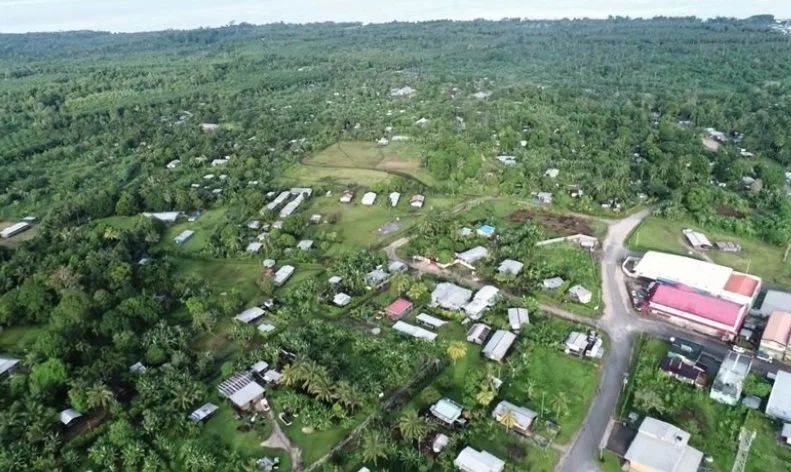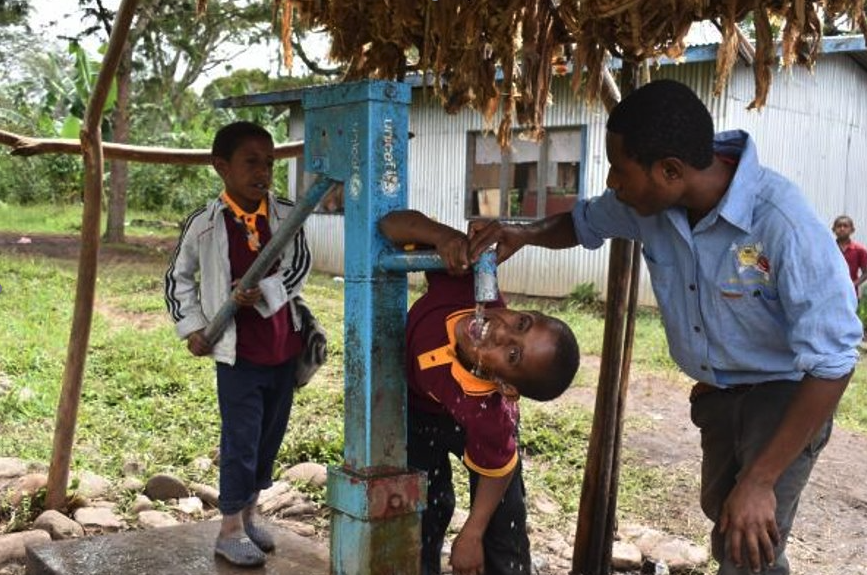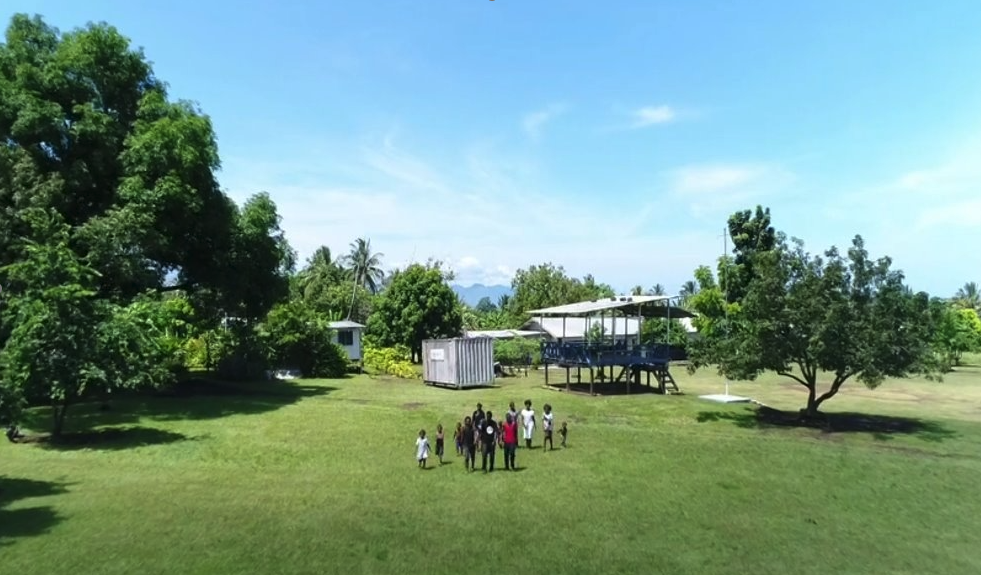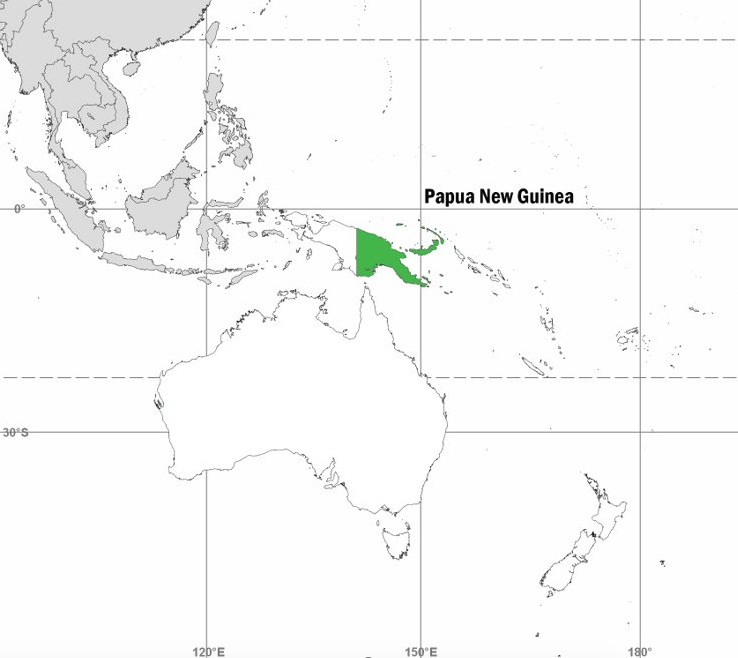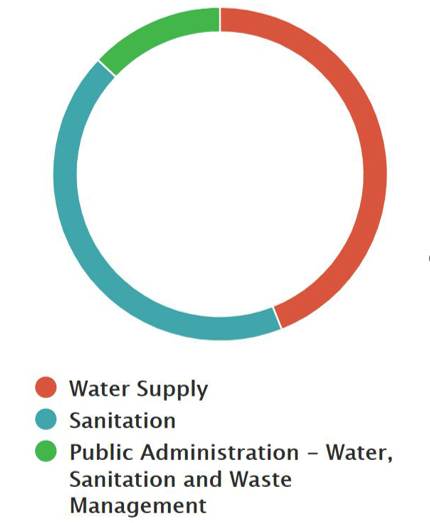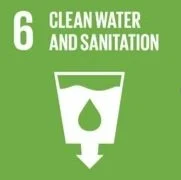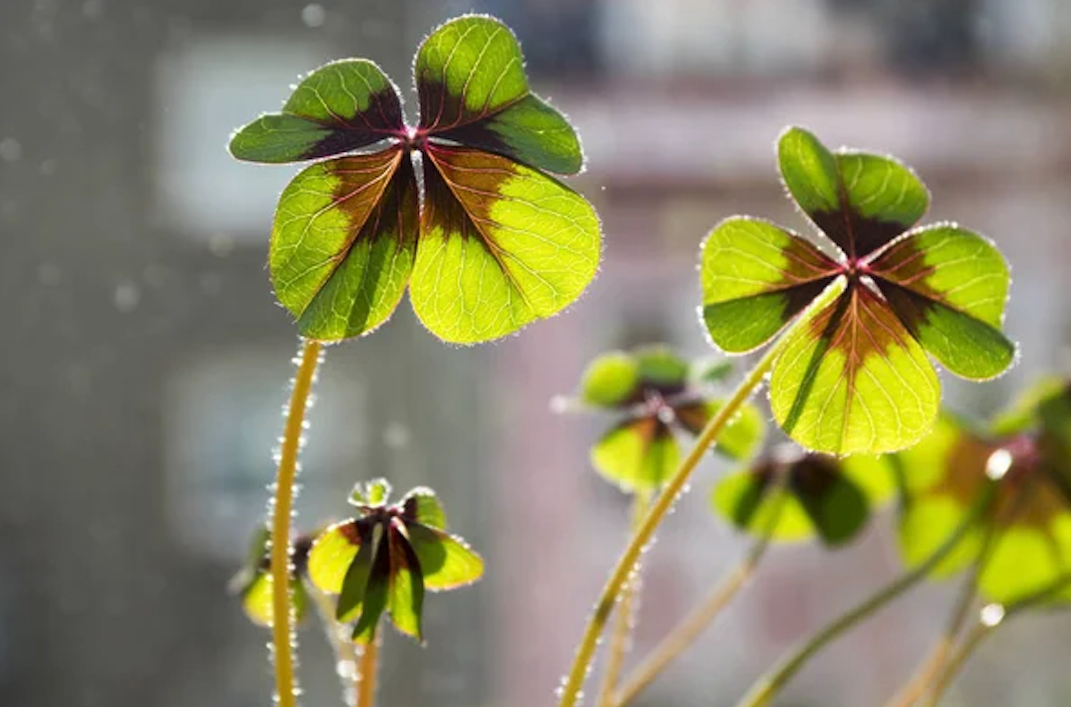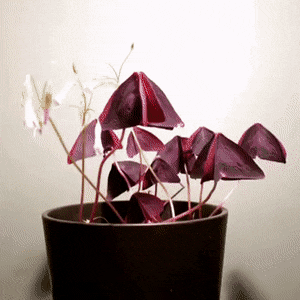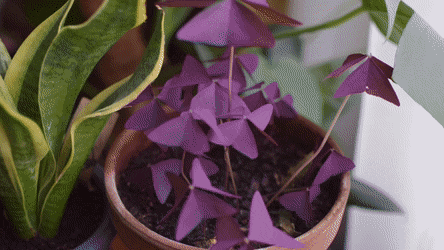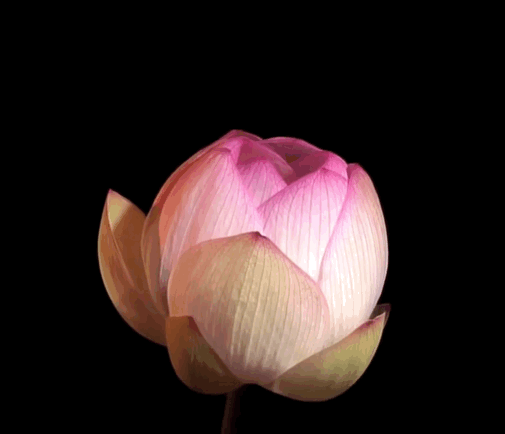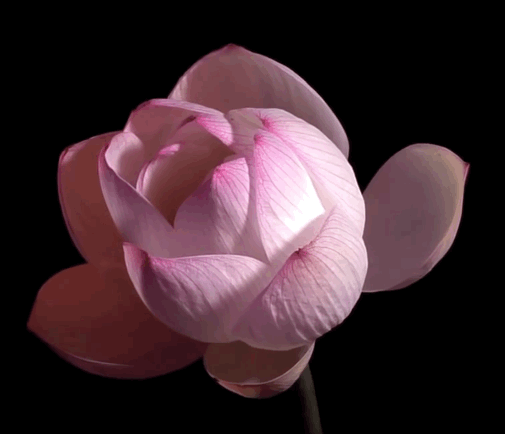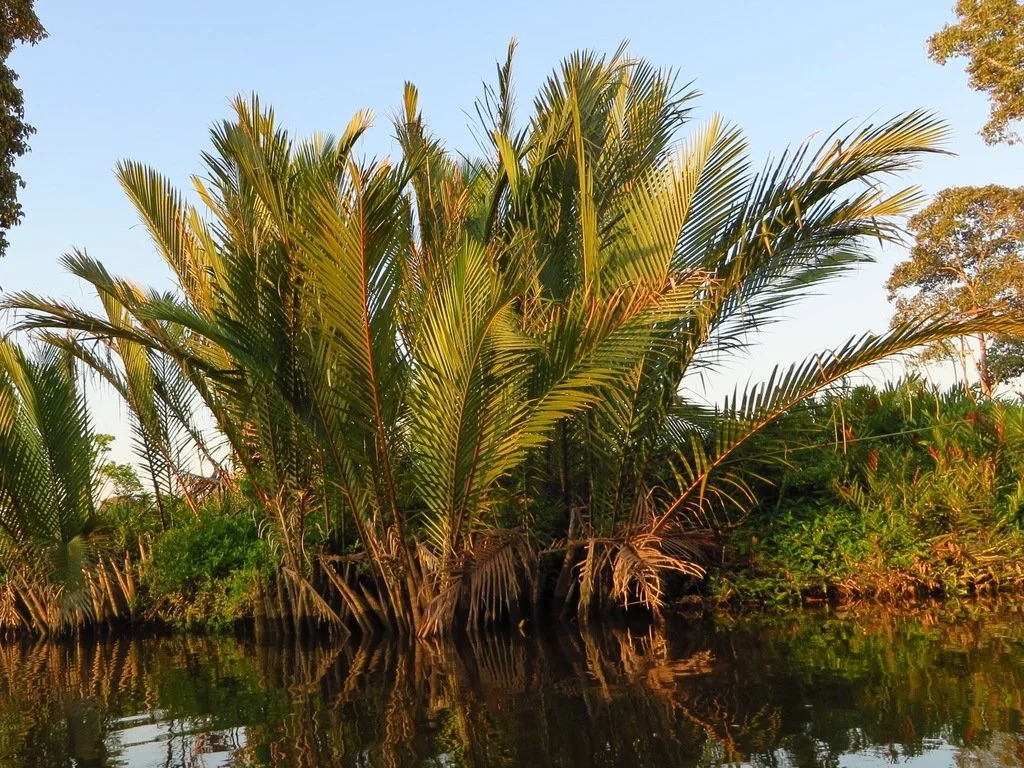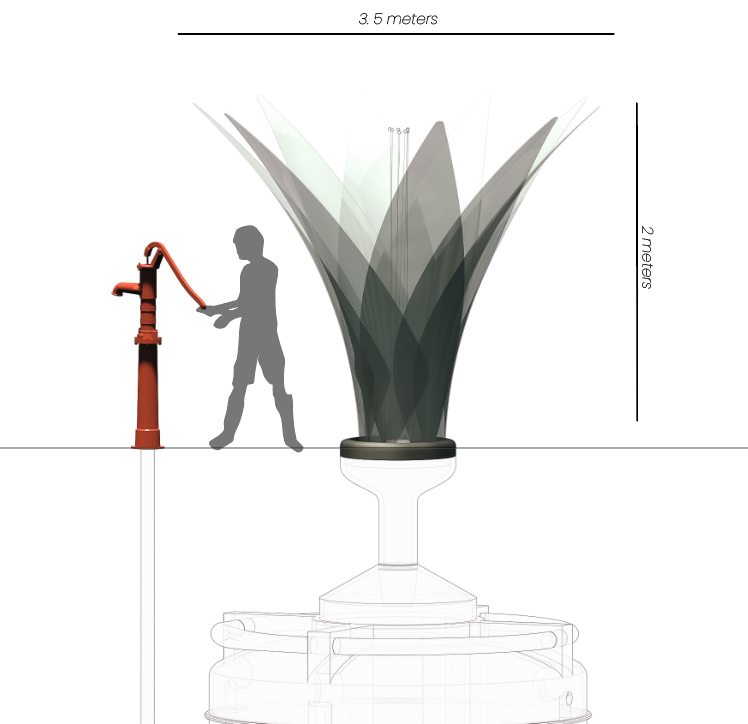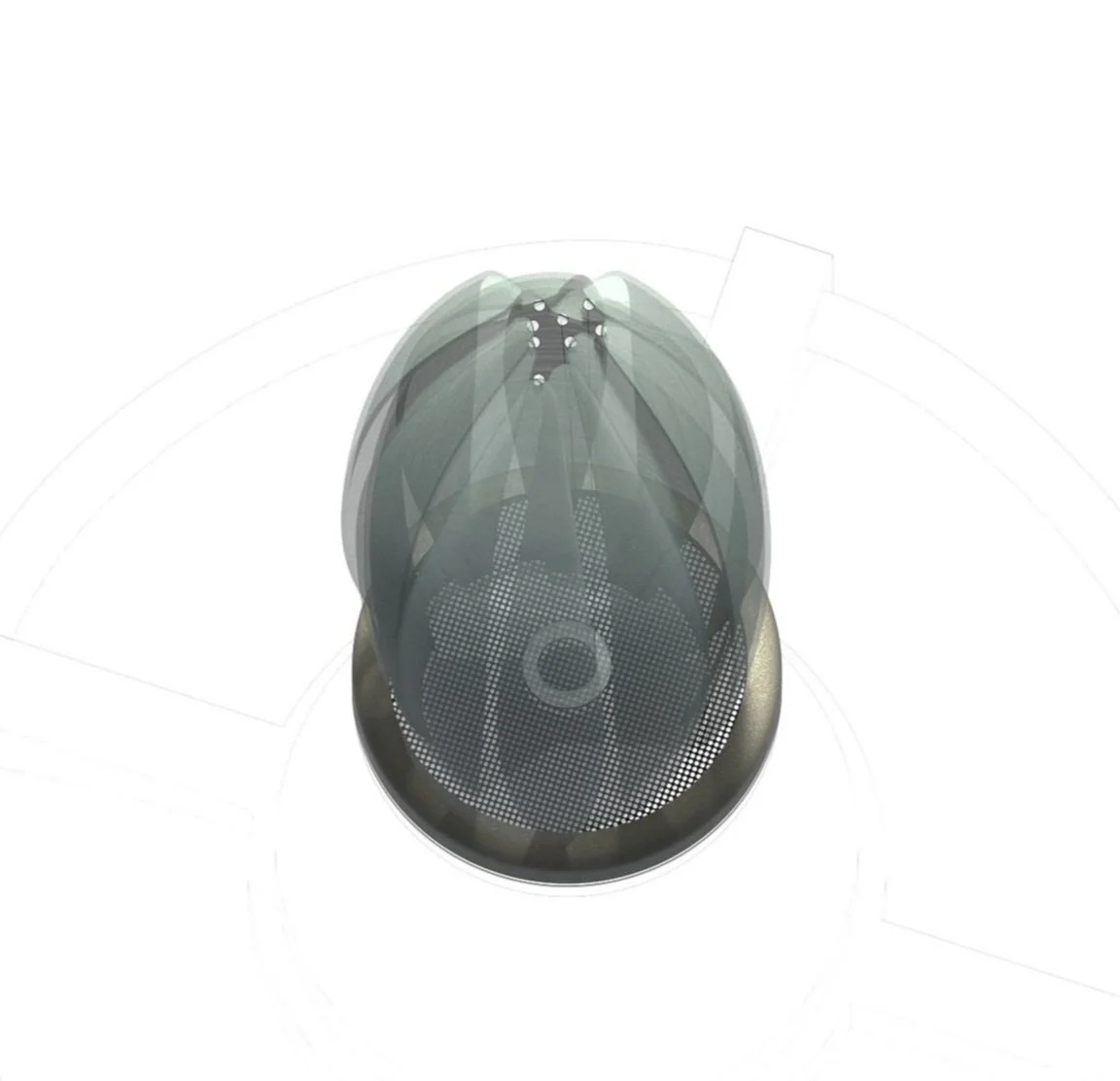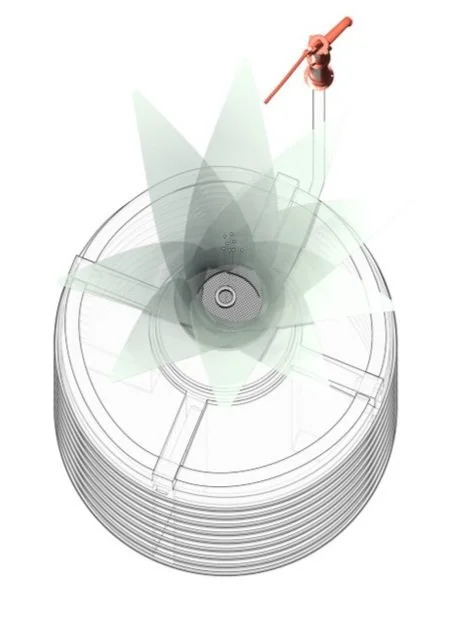Botanical Basin
Pratt Institute 309 Biomimicry. Professor. Tetsu Ohara Director of Sustainability of Interior Design Collaborators. Leo Yang –BFA interior design, Taylor McConville -MA architecture
In Papua New Guinea, many rural areas like Bialla struggle to get safe drinking water. Women and children often have to fetch water from rivers, which can hinder their education and pose health risks. The team's solution seeks to improve this situation by offering a better and cleaner way to collect and store water using nature-inspired designs and innovative ideas.
CONCEPT
This project in Papua New Guinea has a crucial goal of increasing access to clean water and sanitation facilities, ultimately contributing to achieving the SDG target of closing the gap in water, sanitation, and hygiene. One of the significant impacts of this project is reducing the burden on women and children who are currently responsible for collecting water from unsafe sources. In Bialla, the closest water source is two hours away, resulting in a four-hour round trip for children who are often tasked with collecting water for their families. This method can lead to waterborne diseases from the unsafe source of water and also prevent children from attending school regularly, hindering their education. By providing a more accessible and reliable water supply, this project can help alleviate the burden on women and children, allowing them to focus on other activities such as education, health, and economic opportunities.
Other successful projects with similar strategies have been implemented around the world, such as Warka Water, which shares the concept of collecting and filtering water but employs different properties and solutions.
Children drinking from a UNICEF water pump [2018]
Truck transporting school children to river [2019]
Toiru River [2019]
*Skills: Research Prototyping Engineering CAD Creativiy / Collaboration / Critical thinking
Aerial view of Bialla [2019]
Children collecting water from the Toiru River [2018]
Recreational lawn at Bialla Secondary School [2019]
Despite Progress, in Papua New Guinea, only 40% of people have access to safe drinking water, one of the lowest rates in the Pacific Islands.
2.2 billion people lack safely managed drinking water [2017]
4.2 billion people lack safely managed sanitation [2017]
70% of Southern Asian regions experience water stress (freshwater withdrawal as a proportion of freshwater resources) [2017]
Problem Analysis
Bialla’s Papua New Guinea has a typical monsoonal climate with alternating SE trade winds and NW monsoon. From May - October the North coast is relatively sheltered from the effects of the SE trade winds. During this period, the North coast does not receive much rain. Coastal areas are hot and humid, with temperatures ranging from 68° - 97° F and humidity between 70-90%. The average annual precipitation in Bialla is approximately 157 inches, with the wet season lasting from December - April and accounting for 118 of those 157 inches. The remaining months are deemed the dry season. This abundance of water needs to be monopolized more effectively
Bialla, West New Britian, Papua New Guinea
Many towns in Papua New Guniea have no water supply system. In rural communities like Bialla, women and children of school age are tasked with collecting water from the rivers, sometimes at the cost of their own education. Children often miss class to begin walking the long distances required to access safe drinking water. Schools are often at the bottom of the priority list when it comes to assistance with water access so having a passive water collection system will help reduce travel time and raise education standards. Bialla Secondary School also has an abundance of open land that could be utilized for water harvesting.
*Skills: Research Creativiy / Collaboration / Critical thinking
"Sometimes when there’s no water at the center, we tell pregnant mothers to bring their own water for use during delivery"
Sister Mangaea
Bialla Health Center Worker
Biomimicry
By copying the natural opening and closing cycle of the Oxalis Tetraphylla and Lotus Flower using biomimicry, a system will be implemented that opens and closes based on the gravity and weight of water in the reservoir. As the reservoir fills up, the system will slowly close its petals, just like how the Lotus Flower's hydrophobic bumps roll off excess dirt and water. This will allow for the efficient collection and storage of rainwater, without the need for external power or complex mechanisms.
The Nipa Palm and Elephant Foot have inspired the location of the water reservoir to be underground, mimicking how these plants store their water underground to protect it from the environment and potential contamination. The reservoir will be designed with a sealed lining to prevent water from seeping out or getting contaminated. This method ensures a sustainable and safe source of water for the community
The Pitcher Plant has inspired the project to learn how to close the water collectors when they are full, preventing the collection of excess water and potential failure. The pitcher’s lid or hood extends over the opening of its pitfall trap to prevent the collection of rainwater, similar to how the water collection system will close when full to prevent overcollection and ensure optimal functioning.
The biomimicry-based system that opens and closes based on the weight of water in the reservoir provides a visual indication of the water level. The use of filters in the channels and pipes ensures that the water collected for human use is always clean. Each tank can hold enough water for 3 families during the dry season, making it a sustainable and efficient solution for the community's water needs.
*Skills: Research Creativiy / Collaboration / Critical thinking
PROPOSAL
The proposed strategy is to place the water collectors in schools, which would encourage parents to send their children to school instead of fetching water from the river. This would allow the students to collect water while attending school and studying. Ideally, parents would also be able to collect water for their families or have their own water collection system at home. However, since the implementation of the project is in an experimental state and it is uncertain how the community will adopt significant changes, we propose taking smaller steps towards making a big change.
Collecting
At capacity
As the weight of water in the tank increases, a mechanical mechanism pulls the petals of the collector, causing them to gradually close as the tank becomes full.
Once the collection system is closed, the structure is designed to withstand severe weather conditions, such as heavy rain and strong winds. This ensures that the water collected can be used regardless of the external weather conditions, making it a reliable source of water for the community.
The water will be filtered through a combination of locally available materials such as charcoal, rocks, and sand of varying thicknesses.
The implementation of sustainable hydrophobic meshes will aid …..in the purification and collection of water for the system.
*Skills: Research Prototyping Engineering CAD Creativiy / Collaboration / Critical thinking
The collection system is equipped with a set of meshes that effectively filters out larger contaminants like branches and leaves. Furthermore, as the water flows through the system, it undergoes multiple filters to ensure that it meets the standards for safe drinking water. This ensures that the water collected is not only accessible but also free from any potential health hazards.

